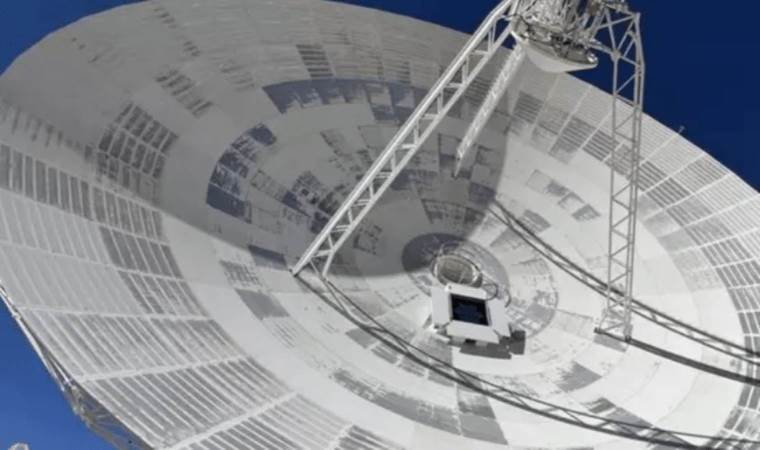Private US Moon lander launches, marking a new Lunar era
Nearly 50 years after the last Apollo lunar mission, a moon lander built by Houston-based Intuitive Machines embarked on a historic flight from Florida. This mission marks the first U.S. lunar landing in over half a century and the first by a private spacecraft.

The Nova-C lander, named Odysseus, launched atop a SpaceX Falcon 9 rocket from NASA's Kennedy Space Center in Cape Canaveral, shortly after 1 a.m. EST.
The launch was visible via a live NASA-SpaceX feed, showing the rocket ascending into the night sky, signaling a new chapter in lunar exploration. Approximately 48 minutes post-launch, the lander separated from the Falcon 9's upper stage, beginning its journey to the moon.
This mission, while led by Intuitive Machines, carries six NASA payloads designed to collect lunar data, aiding NASA's planned astronaut return to the moon. The launch follows a recent setback for another private firm, Astrobotic Technology, highlighting the challenges of lunar landings.
Odysseus aims for a landing near the moon's south pole on Feb. 22, aspiring to be the first controlled lunar descent by a U.S. spacecraft since Apollo and the first by a private entity. This mission is part of NASA's Artemis program, aiming to precede human Mars exploration.
Contrasting with the Apollo era, NASA now leverages spacecraft built and operated by private companies, a strategy to reduce Artemis mission costs. Despite a delayed crewed Artemis landing, small landers like Nova-C will scout the lunar surface, with Odysseus focusing on space weather, radio astronomy, and navigation technologies.
Intuitive Machines has future missions planned, underscoring the growing global lunar exploration efforts, with recent achievements by Japan and India. The United States, Russia, and China remain the only countries with successful soft lunar landings, with China achieving a milestone by landing on the moon's far side in 2019.



